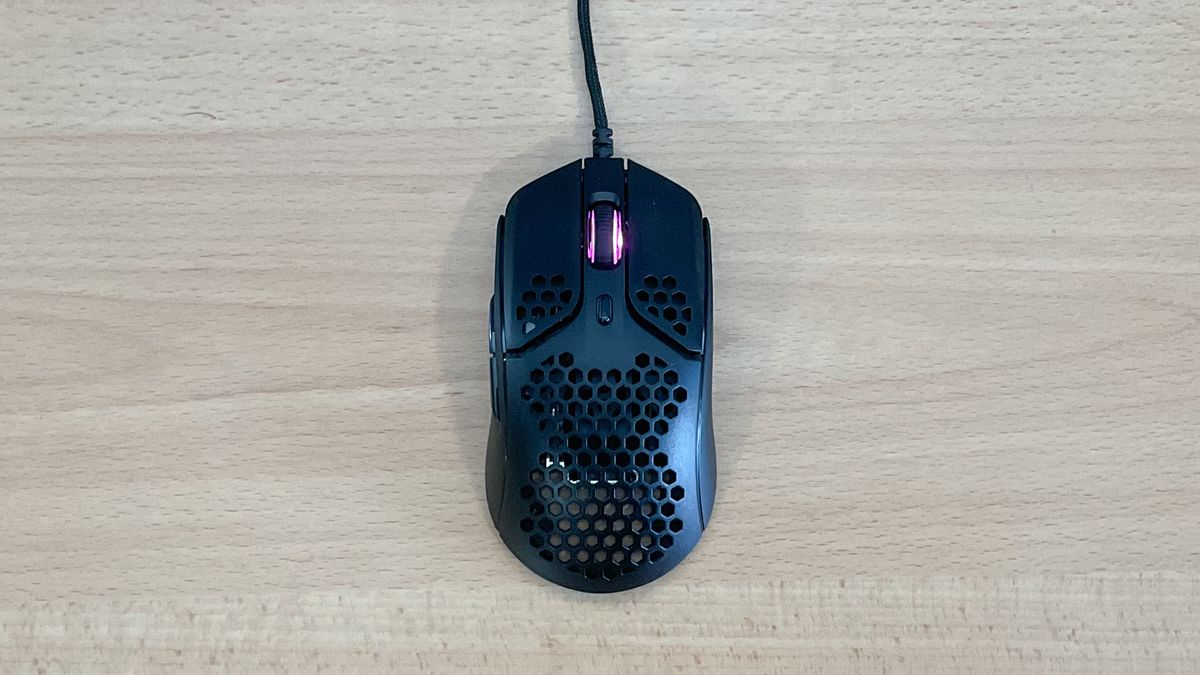

PHOTO:
Adobe
For modern enterprises, reacting quickly to change is a required skill for delivering a quality digital experience. Many factors impact these experiences, from shifting customer expectations to the proliferation of new channels and technologies.
However, as Gartner explains, “application leaders cannot meet market needs or business objectives with monolithic digital experience platforms.” Instead, they say, tech stacks need to be updated in the form of a composable DXP.
In the world of content management systems that have seen the shift from the web CMS to headless CMS and more, alongside a host of acronyms, the composable DXP may seem like just the latest edition in a long line of new terminology to describe a platform that manages website content.
We spoke to vendors within the industry to help shed some light on the composable DXP, discover how it differs from several existing systems, and learn what it might mean for the industry ahead.
What Is a Composable DXP?
According to Mike Vertal, CEO of Reston, Va.-based Crafter Software, “a composable DXP is a solution built from best-of-breed systems that are easily integrated and uniquely meets the requirements of an enterprise.”
The composable aspect “is used to describe a modular, flexible, adaptable strategy,” said Lacey Ford, CMO at Denver-based Crownpeak. “When applied to a DXP, it refers to building the ideal digital experience solution for one’s business from easily integrated and changeable components – allowing for technology to be changed out to adapt along with the market.”
The ability to integrate various components and systems is what sets a composable DXP apart from any other content management system. Managing content isn’t the only thing on the agenda for enterprise businesses either. Still, a DXP can unify the various elements of today’s multifaceted marketing tech stacks to provide everything a business needs.
“The platform leverages the power of integration — connecting content management, e-commerce, marketing automation, analytics, and more — into one unified platform,” said Rasmus Skjoldan, CMO at Basel, Switzerland-based Magnolia CMS. Ultimately, a DXP acts as a single control center for all customer touchpoints and can be adjusted to match existing processes and infrastructures.
Related Article: What You Need to Know About Digital Experience Platforms
Composable DXP vs Monolithic Suites
The composable DXP has evolved from the web CMS. But what is the difference between a composable DXP and previous versions?
As Skjoldan pointed out, “the first wave of DXPs consisted of suite software. The next wave that is upon us is all about composability.” Previously, companies chose to go with an all-in-one suite to handle everything. However, by taking a best-of-breed approach, they’ve found it easier to adapt to changes and avoid vendor lock-in. “By integrating multiple best-of-breed products into a composable DXP, your organization also won’t have to re-train staff. Instead, they can rely on existing investments, in both dollars and staff experience,” Skjoldan added.
“A composable DXP is defined as much by what it is, as what it isn’t,” said Sean Schroeder, Chief Experience Officer, at Austin, Texas-based Mura Software. Whereas monolithic platforms impose restrictions on organizations and their ability to truly integrate, a composable DXP “embraces core competencies and provides flexibility to integrate and even scaffold other content, data and functionality in other platforms via API,” explains Schroeder.
How Composable DXPs Will Change the CMS Industry
With the introduction of composable DXPs, there will be more changes within the CMS industry. But what might those changes be? “A headless CMS is usually at the center of a composable DXP. APIs and connected services are everything now — they run the world,” said Joel Varty, CTO and president at Toronto-based Agility CMS. He said this means expensive to maintain monolithic systems that aren’t able to connect as well as their composable DXP counterparts will be left behind as enterprises embrace more modern tools.
These statements are echoed by Ford, who noted the best way forward will be with a composable strategy. “Companies stuck with a monolithic DXP will find themselves falling behind — spending months on upgrades and implementations and unable to match the innovative digital experiences possible with a composable platform,” she added.
We’ve already been moving in this direction for quite some time, with companies opting for best-of-breed options so that they can pick and choose what systems they want. “Composable DXPs reinforce the current industry trends toward best-of-breed systems and headless platforms, allowing enterprises to tailor a solution that meets their particular needs,” added Vertal.
With the ability to choose the best tools to fit your company whenever you want, a composable DXP will change how companies approach replacing an old system. “Composable DXPs promise to eliminate the concept of replatforming altogether,” said Tony Mamedbekov, principal sales engineer at San Francisco-based Uniform. Traditional DXPs or any old technology stack must be replaced at the end of their lifecycle. But as Mamedbekov explained, “Since a Composable DXP is all about being able to select the tools you want to include in your stack, organizations that embrace Composable DXPs will never have to re-platform again.”
It seems as if the composable DXP isn’t just another buzzword. Instead, it showcases the shifting industry trends and how companies will manage digital experiences in the future.






